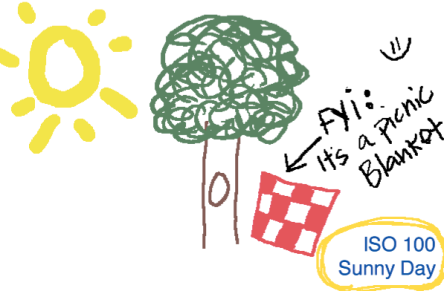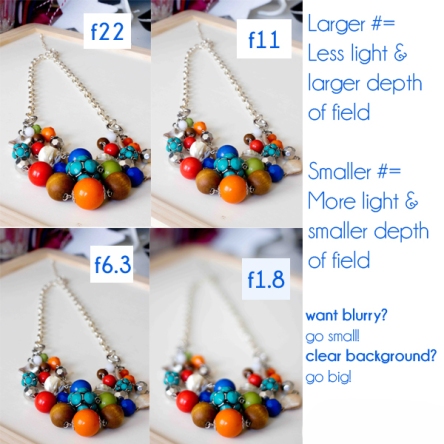Every staff member needs to know the basics of photography, just in case a spur-of-the-moment shoot happens. You need to be able to pick up a DSLR and change some settings to get a good shot. Here are some tips on how to be a well-rounded photographer.
When you are shooting, think about the ISO. ISO stands for International Organization of Standardization. This may be a little confusing if you are not familiar with the camera. Basically, the ISO is the setting to determine how much light is allowed into the camera. The ISO can be thought of as the old-fashioned “film speed” from the past. The more light the environment is, the lower the ISO needs to be. Let’s look at the following comparisons for suggestions on ISO in a certain setting!
ISO 100 or 200 Outside, a fair amount of sunshine
ISO 400 Inside candid situations
ISO 800 Inside sporting events (gym has
updated lighting)
ISO 1600 or 3200 Inside sporting event in an old
gym, outside sporting event at night
The next step to taking better pictures is to try something different. It is boring if you take all of your pictures at eye level and of the same event. Try to mix it up a little, and try different points of view Stand on a ladder or sit on the ground get the picture. The angle of the picture can make the viewers look at events differently. Plus, if there are more interesting pictures, the spread will have a more unique appeal to the viewer. Photos grab the readers’ attention and they will want to read the body copy that accompanies those interesting images.
Always remember where you are. If you are at a big event like a pep rally or a major game, send multiple photographers. You want to capture a lot of different emotions and events that are going on and it is hard if there is just one photographer. If there are a couple of photographers, one person could be on the sideline shooting the game, while one is in the stands with the fans. You always need to be aware of where you are and what is going on around you. Try to capture the emotion and energy in the image.
Equipment is a major thing. Without the right equipment, you will not be able to capture the moment the way you want. There isn’t one particular lens a staff should absolutely purchase, but an adviser should do some research before buying equipment. Talking with Lindsey, Danielle, Jenny, or Katie is a great start for a major purchase like this! We want to make sure you purchase a good camera and lens that will provide for a wide range of uses.
As a photographer, you should try to avoid flash. Let’s say that again! PHOTOGRAPHERS SHOULD AVOID THE FLASH LIKE IT IS THE PLAGUE! Not only does it wash a lot of color out of the picture, but it is also not allowed in a lot of places—such as volleyball games. Train yourself to use the settings on the camera instead of using the flash. This is another reason why getting to know how to use ISO is so important. Flash is very distracting, creates harsh lighting situations, and in general, doesn’t produce the best image.
The main thing to keep in mind is to just shoot. Do not constantly keep looking at what you just shot. You might be distracted from something really important. Shoot now, edit later. You will be a lot happier with the results. If you are not happy with photos you have shot when you do sit down and look at them, keep in mind what didn’t work well when shooting, and then improve on your shooting technique. This will help you grow as a student photographer.
Not everyone on the staff has to be a “professional” photographer or know how to use all of the buttons on the camera. These six tips should help you though. And if all else fails, just shoot. That’s all you can do. More than likely, you will end up with pictures that you like.




